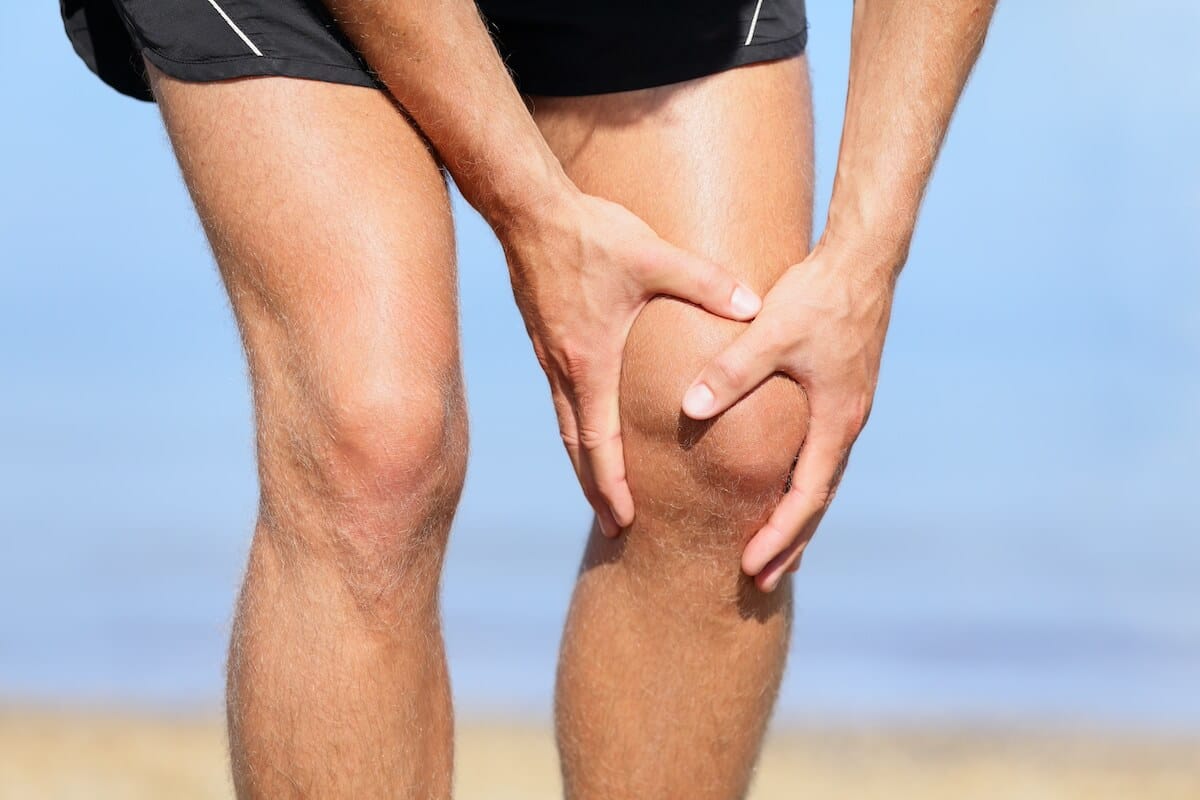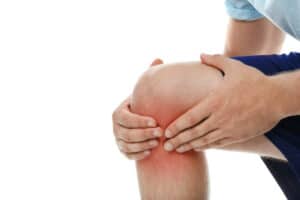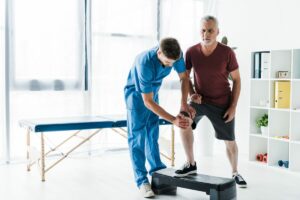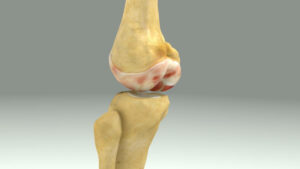Free download: Top 10 Natural & Easy Remedies for Joint Pain from Home. Learn these helpful remedies.
Estimated Reading Time: 4 minutes read
Having sore knees after working out is something a lot of us go through. A bit of soreness can show you’re getting stronger, but when it hurts too much or for too long, it’s a sign you might be doing too much. This easy guide will help you understand why your knees hurt after exercise and what you can do to feel better.
Table of Contents
Why Do My Knees Hurt?
Doing too much can wear out your knees. Imagine constantly doing an activity that bends or pressures the knee; over time, this repetitive action can cause discomfort or pain due to the strain on knee tissues.
Not exercising the right way: Incorrect techniques during workouts can lead to unnecessary knee stress. For example, if your knees are not aligned over your feet during squats, it could place undue pressure on your knee joints.
Skipping warm-up makes your knees more vulnerable. A proper warm-up increases blood flow and prepares the muscles and joints for the activity ahead, reducing the risk of knee pain.
Hard exercises: High-impact activities, like jumping or running on hard surfaces, demand a lot from your knees. Such exercises can cause shock to the knee joints, especially if they’re not conditioned for such intensity.
Weak muscles around your knees also contribute to soreness. Strong muscles help distribute the force exerted on your knees during activities, lessening the load on your knee joints. Weakness in these supporting muscles means your knees bear the brunt, leading to discomfort.
Old injuries can flare up if your knee hasn’t fully healed or if it’s been weakened, making it more susceptible to pain during or after exercise.
Signs Your Knees Are Sore
- Swelling and stiffness are common indicators that something’s not right with your knees. Swelling can range from slight to severe, and stiffness might make it hard to move your knee as usual.
- Redness and warmth suggest inflammation, a natural response to injury or overuse.
- Popping sounds or a sensation of weakness in the knee can also signal that your knees are under too much stress or have been injured.
- Pain is an obvious sign of soreness, especially if it persists even when you’re not moving.
How to Feel Better
Warmth and gentle touch, like applying a warm pack or gently massaging your knee, can soothe pain by enhancing blood circulation and reducing stiffness.
Easy stretches can aid in recovery, focusing on gentle movements to help improve flexibility and relieve tension around the knee. This approach helps your knee to recover without the strain of intense exercises.
Taking Care of Your Knees
Keeping your knees healthy means more than just dealing with pain after it happens. Here are some tips to keep your knees feeling good:
- Warm up first: Always start with a warm-up to get your knees ready for exercise.
- Wear good shoes: Shoes that support your feet can help your knees too.
- Try easy exercises: Mix harder exercises with easier ones to give your knees a break.
- Make your muscles stronger: Work on strengthening the muscles around your knees.
- Listen to your body: If something hurts, try a different exercise.
- Rest: Make sure to rest so your knees have time to recover after a workout.
Wrapping Up
Taking care of sore knees from exercising means paying attention to why they hurt and taking steps to make them feel better. By warming up, choosing the right exercises, and listening to your body, you can keep your knees healthy and keep doing the activities you love. Remember, taking small steps to look after your knees now can help you stay active and pain-free.











